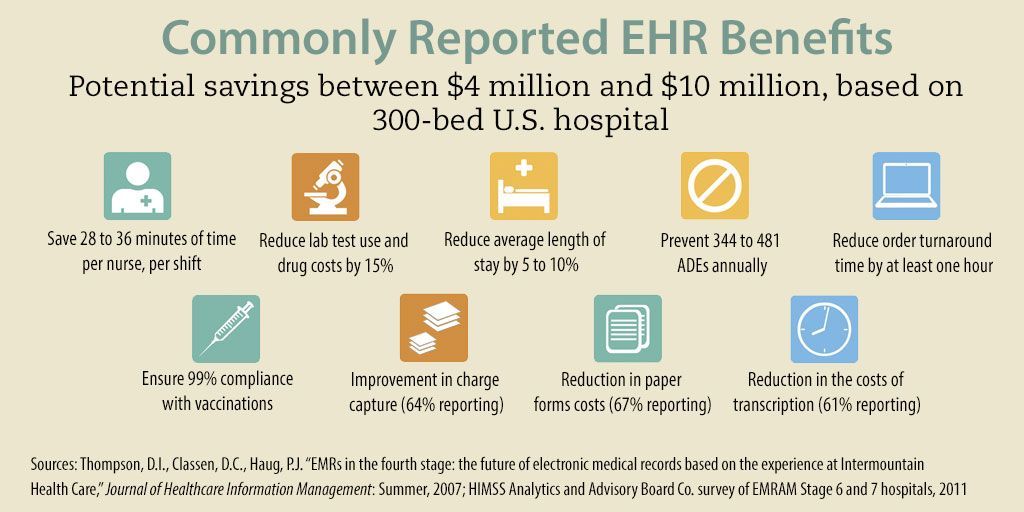Electronic Health Records (EHRs) have revolutionized the healthcare industry, offering a myriad of benefits while presenting unique challenges. In this article, we will explore the advantages and drawbacks of EHRs and discuss the HTML markup used to enhance their usability and accessibility.
The Benefits of EHRs
1. Improved Efficiency: One of the significant advantages of EHRs is the streamlining of administrative tasks. With electronic records, healthcare providers can easily access patient information, reducing time spent on paperwork and allowing more focus on patient care. HTML tags like <table> and <form> facilitate the creation of intuitive user interfaces, making it easier for medical professionals to navigate the records. 2. Enhanced Patient Care: EHRs enable doctors to have comprehensive, up-to-date patient information readily available. This accessibility improves the quality of care by providing a holistic view of the patient’s medical history, diagnoses, medications, allergies, and more. HTML elements like <details> and <summary> can be used to create collapsible sections for displaying detailed records in a concise manner. 3. Coordination and Collaboration: Electronic records promote effective coordination and collaboration among healthcare professionals. By allowing real-time sharing and updating of patient information, different healthcare providers can align their efforts and avoid medical errors or redundant tests. Utilizing HTML <script> tags with JavaScript, developers can enable the auto-refresh feature for EHRs, ensuring that medical professionals view the most recent data versions.
The Challenges of EHRs
1. Implementation Costs: While EHR systems offer long-term cost-saving benefits, their initial implementation can be a significant financial burden for healthcare organizations. The expense includes purchasing hardware, software licenses, training staff, and maintaining a secure infrastructure. HTML forms with <input> elements allow the collection of user input, such as financial data, during EHR implementation. 2. Data Security and Privacy: Storing patient information electronically raises concerns regarding data security and privacy breaches. Medical records contain sensitive information, and unauthorized access could result in identity theft or compromised healthcare. Developers can address these issues by utilizing HTML5’s built-in form validation capabilities to ensure secure data transmission and employ encryption algorithms for added protection. 3. Interoperability and Standardization: The lack of interoperability among different EHR systems presents a significant challenge. With multiple healthcare providers using different software, standardization becomes crucial to facilitate data exchange seamlessly. HTML tags like <a> can be utilized to link related records across different EHR systems, ensuring easy navigation and references between providers.
HTML Markup for Improved EHR Usability and Accessibility
1. Semantic HTML: Using semantic HTML tags not only improves the structure and readability of EHRs but also enhances their accessibility. Semantic tags like <section>, <article>, and <nav> help screen readers and assistive technologies understand and navigate the content more effectively, ensuring equal access for users with disabilities. 2. Form Validation: HTML5 introduced new attributes like type and pattern for form input elements, which allow developers to specify the expected format of entered data. Validating user input using these attributes helps prevent invalid or malicious data from being submitted, ensuring the integrity and accuracy of the electronic health records. 3. Responsive Design: The accessibility of EHRs extends beyond assistive technologies to also cater to different devices and screen sizes. Implementing responsive design techniques by utilizing HTML’s <meta> tag and CSS media queries allows EHRs to adapt and provide an optimal viewing experience on various devices, such as desktops, tablets, and smartphones.
Conclusion
Electronic Health Records (EHRs) offer numerous benefits, including improved efficiency, enhanced patient care, and better coordination among healthcare professionals. However, they also come with challenges like high implementation costs, data security concerns, and the need for interoperability. By utilizing proper HTML markup, developers can enhance the usability and accessibility of EHRs, promoting a seamless and secure healthcare experience for both patients and providers.
